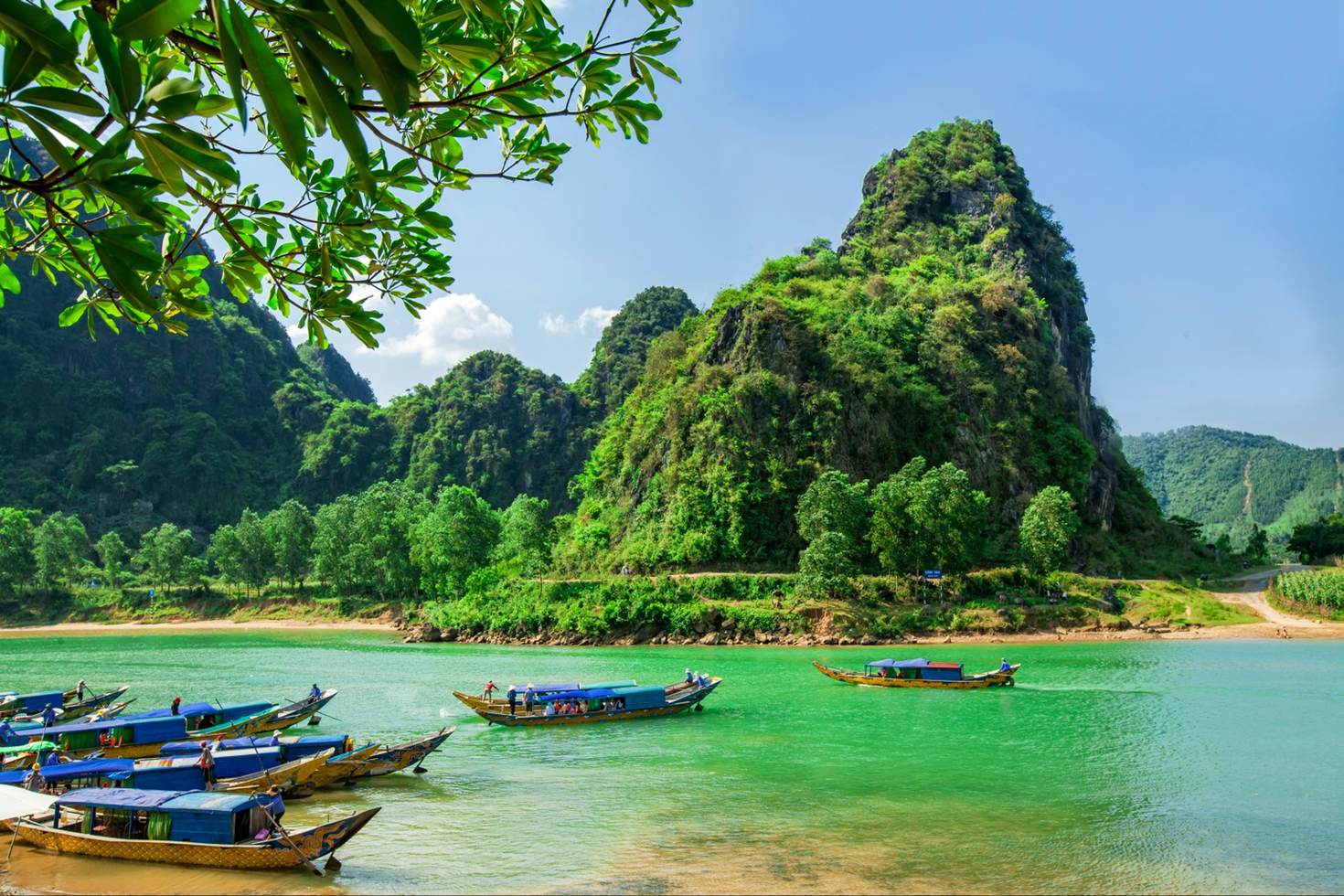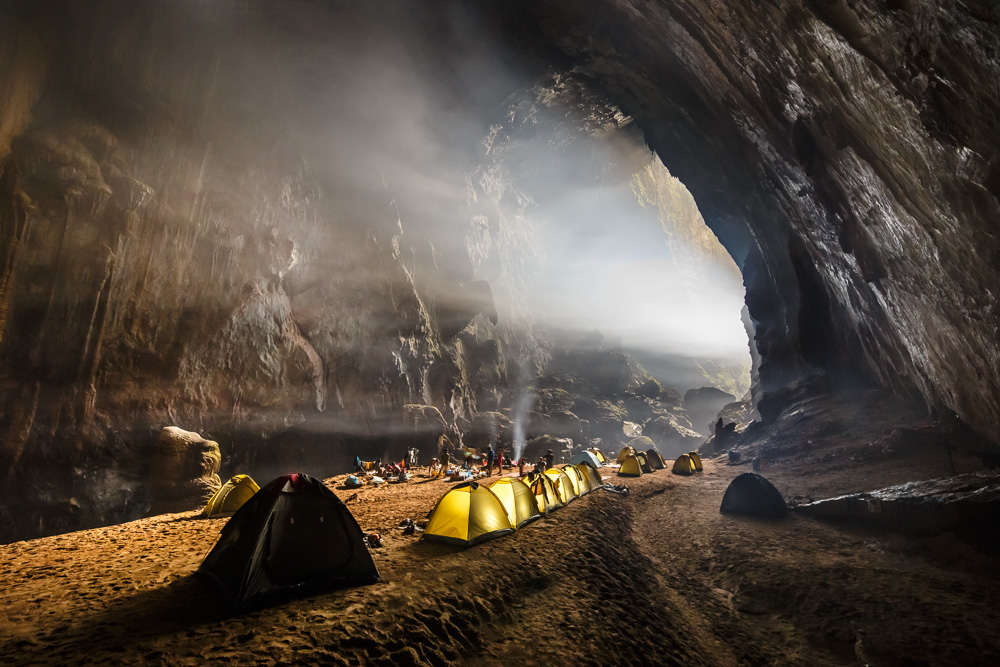
Picture: lonelyplanet
The Phong Nha – Kẻ Bàng karst has evolved since the Paleozoic (some 400 million years ago) and so is the oldest major karst area in Asia. Like much of Vietnam, it has been subject to extensive tectonic changes, thus the limestones of Phong Nha are inter-bedded with a number of other rocks. There is also strong evidence that sulphurous solution and hydrothermal action have played an important role in shaping the road scale landscape and the caves.

Picture: ryandeboodt
Phong Nha–Kẻ Bàng National Park is situated in a limestone zone of 2,000 km2 in Vietnamese territory and borders another limestone zone of 2,000 km2 of Hin Namno in Laotian territory. The core zone of this national park covers 857.54 km2 and a buffer zone of 1,954 km2. The park was created to protect one of the world's two largest karst regions with 300 caves and grottoes and also protects the ecosystem of limestone forest of the Annamite Range region in North Central Coast of Vietnam.
.jpg)
Picture: saigoncafetravel
The park derives its name from Phong Nha Cave, containing many fascinating rock formations, and Kẻ Bàng forest. The plateau on which the park is situated is probably one of the finest and most distinctive examples of a complex karst landform in Southeast Asia. This national park was listed in UNESCO’s World Heritage Sites in 2003 for its geological values as defined in its criteria viii. In April 2009, the world’s largest cave, was discovered by a team of British cave explorers of British Caving Association.
The annual mean temperature is 23 to 25 degree Celsius, with a maximum of 41 degree Celsius in the summer and a minimum of 6 degree Celsius in the winter. The typical tropical climate has helped build up a pure atmosphere of the green ecological environment, ideal for any visitor.
IndochinaKings have just recommended for you guys some places that belongs to Top 10 famous landscape in Indochina. It all will be on this site.
Phong Dzang – IndochinaKings











